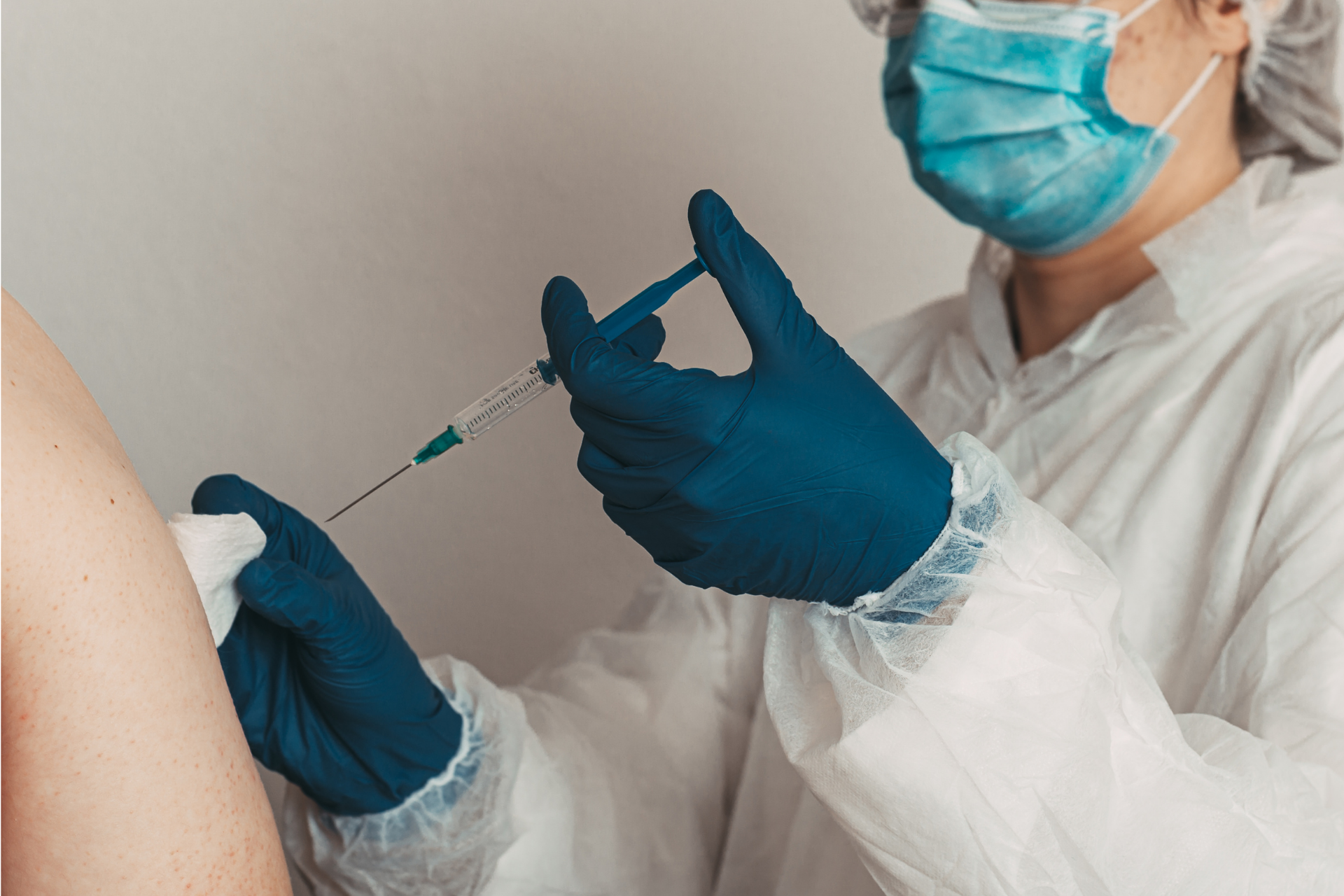
Our public health agencies aren’t alright
The Centers for Disease Control and Prevention just recommended that seniors get a second COVID-19 booster shot. But there are plenty of people over the age of 65 — one-third, according to the latest data — who have not yet gotten their first booster.
Perhaps that’s because it took until the omicron variant emerged last fall for the CDC to get behind booster shots for all adults. Or maybe it’s because public health officials have been peddling confusing and contradictory messaging on COVID-19 for months.
Consider the infighting between the Biden administration’s top public health officials. President Biden promised all Americans last August that they’d be able to get booster shots starting Sept. 20. At the time, CDC Director Rochelle Walensky signed onto the approach.
But during an advisory panel meeting less than two weeks later, CDC leaders argued that only frontline health care workers and nursing home residents needed boosters. They cited a lack of evidence underpinning the case for boosters — even though data from Israel and the CDC itself showed waning efficacy of the COVID-19 vaccines over time.
By mid-September, the advisory panel had changed course. It recommended boosters for older adults and those at risk of severe disease but refused to endorse boosters for frontline workers — a decision Walensky overturned. Her recommendation aligned the CDC with the Food and Drug Administration advisory panel, which had just endorsed boosters for Americans 65 and older, those at risk of severe disease, and frontline workers days earlier.
In late November, the CDC and FDA finally recommended boosters for all adults. The agencies’ decisions came after states like California and Arkansas had already decided to flout federal guidelines and extend booster shots to all adults.
Public health officials wondering why the public has been skeptical of boosters might want to look in the mirror. Fewer than 40% of eligible but unboosted Americans said they wanted to get the shot as soon as possible, according to a February poll. One in four said they definitely wouldn’t get a booster.
At the beginning of April, fewer than 70,000 Americans were getting boosted each day — the lowest number since regulators recommended the extra shots.
Consequently, the U.S. booster campaign has lagged behind other nations. Just half the U.S. population is boosted — a much smaller share than our peers in Western Europe.
That can help explain the many more COVID-19 deaths per capita in the United States amid the omicron wave. Between December and February, the share of Americans killed by COVID-19 was more than 60% higher than in other wealthy nations, according to the New York Times.
How many of those deaths could have been prevented, had federal public health officials acted more swiftly and communicated more effectively?
A December analysis from the University of Texas-Austin offers a clue. Researchers modeled various scenarios of omicron’s spread, starting with a baseline of 57% of Americans boosted by the beginning of March. They found that if 80% of Americans eligible for boosters got the jab instead, there would be up to 1.3 million fewer COVID-19 cases, 168,000 fewer hospitalizations, and 39,000 fewer deaths between December and May.
The CDC’s stated goal is to improve health. Throughout the pandemic, the agency’s actions have communicated just the opposite.
Read More
